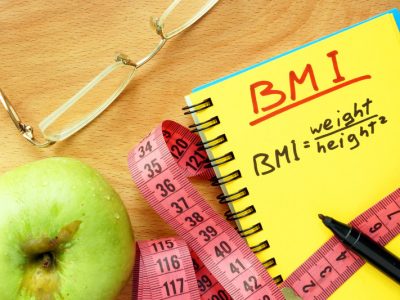
During 2014, in the United States there were around 2.7 million births, according to the Centres for Disease Control and Prevention (1). Of those, nearly 1.3 million of them were by cesarean section, totalling 32 percent of all births. Many women that gave birth encountered Chronic pain following caesarean Section.
Researchers are gaining more insights about factors influence, end up experiencing the chronic pain following caesarean section.
In October 2016, there were two journals that featured research studies. Wherein, researchers delved into the topic of chronic pain following cesarean section to learn about the factors influences it. In the International Journal of Obstetric Anesthesia, their findings following a study they conducted on 205 women who were to have elective cesarean section (2). They report that chronic pain can persist from the surgical site, as well as musculoskeletal backache. They conducted their evaluation prior to the surgery and repeated four months after the procedure.
In addition, persistent pain from different sources was common following caesarian section. Postnatal depression and socioeconomic deprivation was influenced acute pain. They found no support that it was related to anxiety that the patients had leading up to the surgery. At the four-month post operative evaluation, nearly 42 percent of the women reported pain.
In another study, reported in BMC Anesthesiology their findings on the prevalence and risk factors for experiencing chronic pain following caesarean section. They found the problem remains a major clinical problem that can lead to an impairment of daily life. Moreover, having a negative impact on one’s quality life. Their study evaluated patients at 3, 6, and 12 months after a caesarean delivery (3).
Researchers reported that pain was the highest at three months, and significantly decrease after. Overall, they found women experiencing chronic pain following caesarean section had more intense acute postoperative pain on movement. Also, those patients depressed following the surgery and had experienced a longer surgical time.
While this may not fill in the questions regarding women experiencing chronic pain following caesarian section, it gives more insights the factors that influence it. Being able to address such issues as post-surgical depression, for example, may help reduce the chronic pain that some women are experiencing. The more clues to what influences chronic pain, the more we can understand and look for ways to help reduce it.
Sources:
- Centers for Disease Control and Prevention. Births- method of delivery. http://www.cdc.gov/nchs/fastats/delivery.htm
- International Journal of Obstetric Anesthesia. Persistent pain after caesarean section and its association with maternal anxiety and socioeconomic background. https://www.ncbi.nlm.nih.gov/pubmed/27884667
- BMC Anesthesiology. Prevalence and risk factors for chronic pain following cesarean section: a prospective study. https://www.ncbi.nlm.nih.gov/pmc/articles/PMC5069795/#







